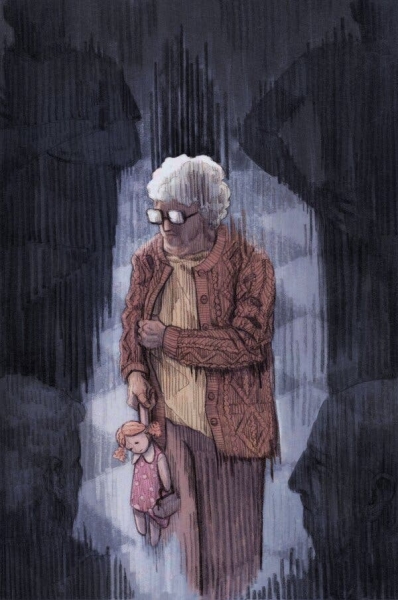Arguments, verbal abuse and aggression are not unusual in elder care settings. Better staffing and training can ease the tensions, experts say.
At an assisted living facility in New York State, a small crowd had gathered at the dining room entrance at lunchtime, waiting for the doors to open. As a researcher observed, one woman, growing tired and frustrated, asked the man in front of her to move; he didn’t appear to hear.
“Come on, let’s get going!” she shouted — and pushed her walker into him.
In Salisbury, Md., a woman awoke in the darkness to find another resident in her bedroom in an assisted living complex. Her daughter, Rebecca Addy-Twaits, suspected that her 87-year-old mother, who had dementia and could become confused, was hallucinating about the encounter.
But the man, who lived down the hall, returned half a dozen times, sometimes during Ms. Addy-Twaits’s visits. He never menaced or harmed her mother, but “she’s entitled to her privacy,” Ms. Addy-Twaits said. She reported the incidents to administrators.
In long-term care facilities, residents sometimes yell at or threaten one other, lob insults, invade fellow residents’ personal or living space, rummage through others’ possessions and take them. They can swat or kick or push.
Or worse. Eilon Caspi, a gerontologist at the University of Connecticut, has searched news coverage and coroners’ reports and identified 105 resident deaths in long-term care facilities over 30 years that resulted from incidents involving other residents.
The actual number is higher, he said, because such deaths don’t always receive news media attention or are not reported in detail to the authorities.

